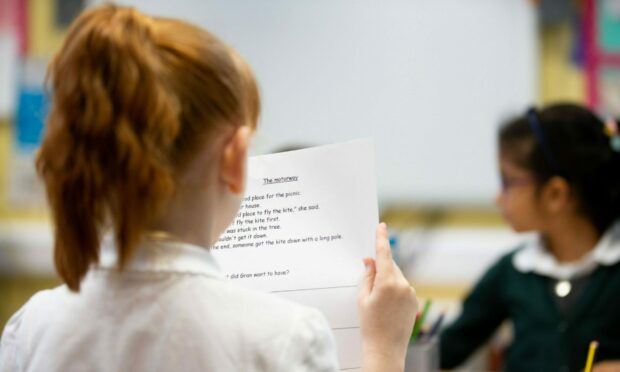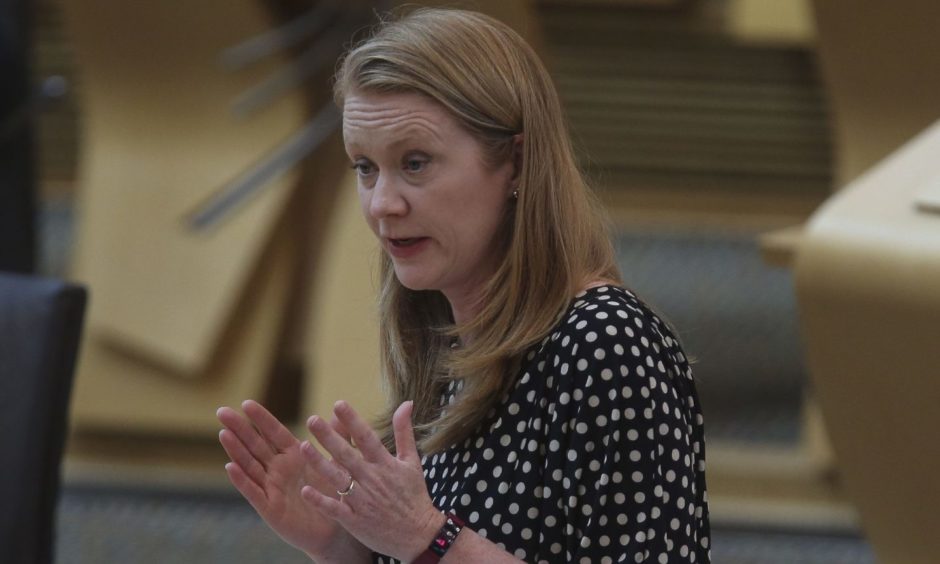Figures published today by the Scottish Government show the gap in attainment between Scotland’s most and least deprived children is widening.
But what do these statistics tell us about the attainment of pupils from the poorest and most affluent areas in Tayside and Fife, and is the gap widening here too?
We looked at the figures for Angus, Dundee, Perth and Kinross and Fife to see what the situation is like across these areas.
How is the attainment gap data presented?
The data published by the Scottish Government shows the percentage of pupils, grouped into local authority areas, achieving expected levels of attainment in the following categories:
- reading
- writing
- listening and talking
- literacy
- numeracy
Figures are broken down by the Scottish Index of Multiple Deprivation (SIMD), the Scottish Government’s standard approach to identifying areas of deprivation.
They represent the total combined percentage of P1, P4 and P7 pupils achieving expected levels of attainment for their age group in the Curriculum for Excellence.
Use our graph below to see if the attainment gap is widening in Tayside and Fife:
Figures from the 2020/21 school year show that in every category, Perth and Kinross had the biggest gap between pupils in the most and least deprived areas achieving expected levels of attainment.
The gap has also increased in every category when compared to figures from 2018/19. Data was not collected for any pupils in Scotland for 2019/20 due to the pandemic.
There was a similar picture in Fife, with the gap between pupils in the poorest and richest areas achieving expected levels of attainment also widening in every category, compared to 2018/19.
In Angus, the biggest increase in the attainment gap came in the listening and talking category, with the gap between the least and most affluent pupils rising from 13 percentage points in 2018/19 to 18 percentage points last year.
In Dundee, the gap between pupils from SIMD quintile 1 (most deprived) and SIMD quintile 5 (least deprived) achieving expected levels of attainment remained relatively stable compared to two years ago.
The biggest increase was also seen in the listening and talking category, with the gap last year widening by three percentage points compared to 2018/19.
What is the Scottish Government saying?
Responding to the figures, Education Secretary Shirley-Anne Somerville said: “The ACEL (achievement of curriculum for excellence levels) statistics reflect, in stark terms, the significant impact the pandemic has had on our children and young people.
“Before the pandemic, the year-on-year trend in the ACEL data was positive. Unfortunately, the disruption caused by COVID-19 presented serious challenges for learners not just in Scotland but internationally.”
“Since the start of the pandemic, we have committed half a billion pounds to support education, and other data published today reflects some of the progress that has been made. The 2021 summary statistics for schools in Scotland show that there are now over 2,000 more teachers than before the start of the pandemic.
“The additional staff have, so far, brought the ratio of pupils to teachers to 13.2 – its lowest since 2009, directly supporting children by increasing the amount of teacher attention available to each child.”











